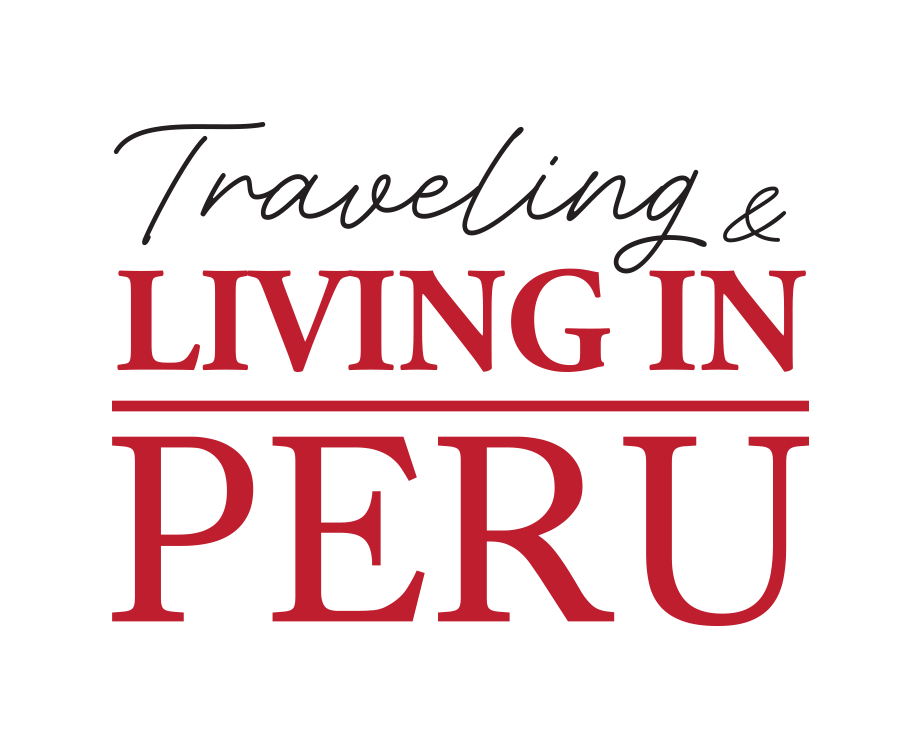The ingredients are few but choosing the right ones is critical to making the perfect pisco sour. Here is a step-by-step guide from a mixologist and pisco aficionado.
There are many ways to make Peru’s staple cocktail pisco sour. You may be asking yourself: How so? Isn’t it just mixing pisco, lemon, simple syrup, egg white, and a touch of bitters with lots of ice? Yes, this is true in as much as the ingredients are concerned. But, just as important are the method, the glassware and the measurements, along with a few other tips.
The above components only account for 50% of the making of a pisco sour. The other 50% is in the hand of the mixologist, aficionado, rookie, or whomever it may be. This second half is made up of passion, identification and honesty with what’s at hand. In this case, we’re ready to make the perfect pisco sour, Peru’s emblematic drink. Let’s break it down into parts.
The ingredients for pisco sour
PISCO: I recommend using the Quebranta grape. It’s Peru’s Queen of grapes: the one with most character and strength, and obviously has a good pedigree. Learn more about the different pisco varieties here.
ALCOHOL CONTENT: It should be between 38 and 48 degrees, which will also define the resulting personality of the cocktail. I personally prefer one between 43 and 46 degrees.
OTHER TYPES AND GRAPES: Some people like to use Acholado pisco to make their pisco sour, and I agree that it’s another great option that can yield infinite subtleties. I know a lot of people who also like to blend, acholar, their own pure pisco at the moment of mixing their cocktail; others like to blend piscos from different regions or valleys (it’s kind of fun).
And of course there are those who swear by a Mosto Verde pisco. There are many options depending on each person’s taste. But let me tell you that each type of pisco, be it an Acholado, a Mosto Verde or a Puro (Pure – single grape), will yield a completely different pisco sour, though always excellent as long as we take into consideration the other aspects detailed below.
LEMON: It has to be Peruvian lemons. The acidity is key for the sour, since it gives the perfect contrast to the strength of the pisco. It can be called a perfect match. I recommend using fresh juicy lemons, squeezed in the moment, just like you would for a good ceviche. And if you pre-squeeze the lemons to store the juice, it must be kept cold, tightly sealed and used within a few hours, never the next day.
When I traveled to other countries, the issue of the lemon has been the breaking point since more commonly we find the seedless Haitian lemons that don’t have the required acidity to balance out the strength of the pisco. So in these cases, I’ve had to vary the recipe some and that depends on the hand of the mixologist. In México, I recommend the Limon Criollo and in Chile the Limon de Pica.
SIMPLE SYRUP: This is one of the most important ingredients as, depending on the proportion in the mix, it will or won’t result in a sour; that is to say, not too sweet and not too sour, but rather a perfect balance. In the Mixology world, the sour is the mark of a bartender: if you can’t make a balanced sour, then don’t even try to make any other cocktail till you master it.
You can find simple syrup, or jarabe de goma, at liquor stores and supermarkets, but the best one is the one you make yourself by boiling water and sugar in the right proportions.
Some people like to make their pisco sour with granulated sugar, and that’s fine, but in that case you must use a blender. Unfortunately, all too often, sugar or simple syrup is used in greater amounts to mask poor quality pisco. When too much sugar is used, this is what causes the quick state of drunkenness and eventually a hangover, since the sugar will take the alcohol straight to your head. Be very careful with the dosage and remember: the sweeter the cocktail, the worse the hangover.
EGG WHITE: Pisco sour is practically the only sour that uses this ingredient. In the United States and in some countries in Europe, its use is prohibited unless it is prepackaged and pasteurized, be it in food or drinks. The problem lies in bacteria, such as salmonella, which appears naturally on the surface of the eggshells. This is why we have to wash or soak the eggs with water, bleach and iodine for a few minutes and then rinse them off before we can use them.
I recommend breaking up the egg white in the blender for 5 seconds to break up the clumps and letting the mix settle for 5 minutes so that the foam will separate from the liquid egg white. Then you can discard that extra foam on top and just use the egg white liquid for your sour. This way you control the amount you pour without clumps falling through and thus keeping the foam in your final cocktail to a minimum.
ICE: The colder the pisco sour, the more enjoyable it will be. Whether you are making yours in a shaker or in a blender, it is always best to use large solid ice cubes which will not melt or fall apart easily. If you are making yours in a shaker, shake well for about 10 seconds and if using a blender, blend for about 6 seconds.
BITTERS: The classic bitters is the Angostura brand, although these days many mixologists are opting to make their own bitters with very good results. The best bitters tend to be very aromatic and this is key not just as a three drop decoration on our Pisco Sour, but rather it is the first olfactory contact we will have with our cocktail.
Check out this recipe for pisco sour, and learn about measurements and technique with Hans Hillburg here.
Cover photo: Andina
This article has been updated from its original publication in 2017.


